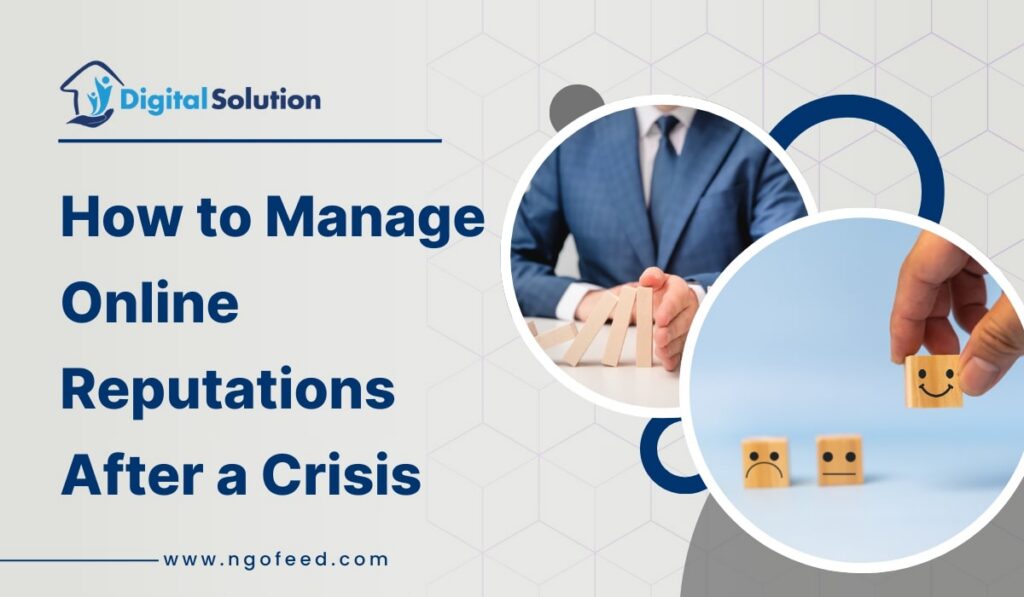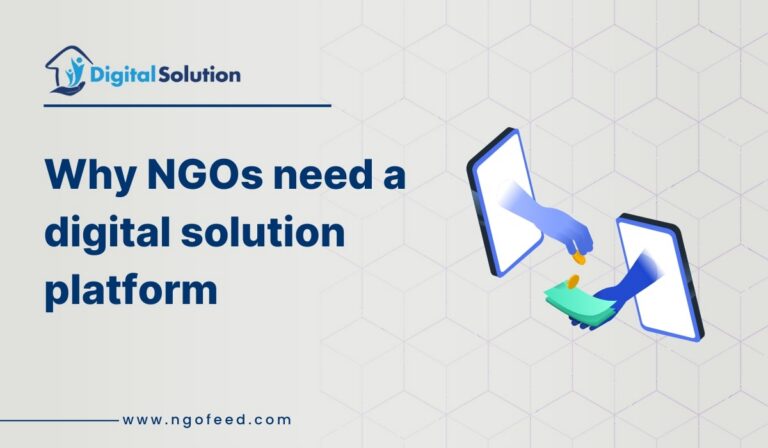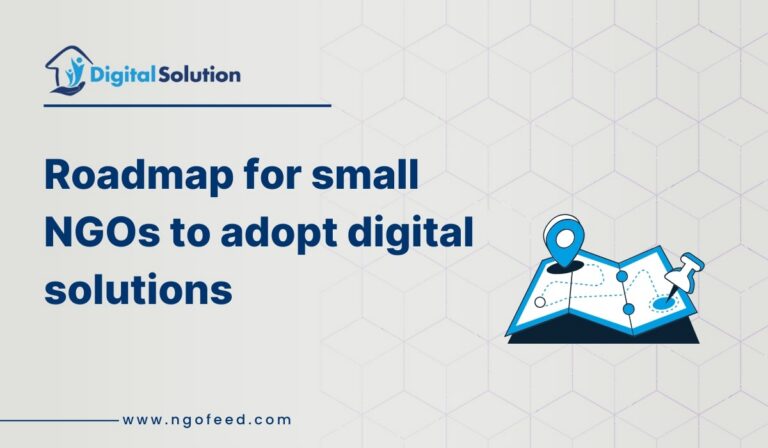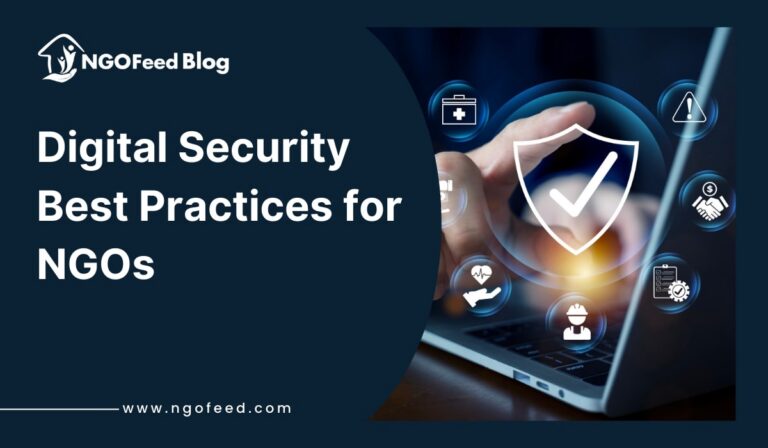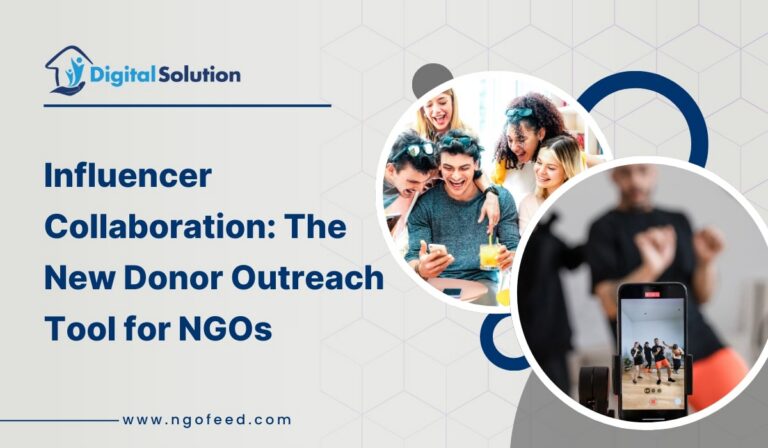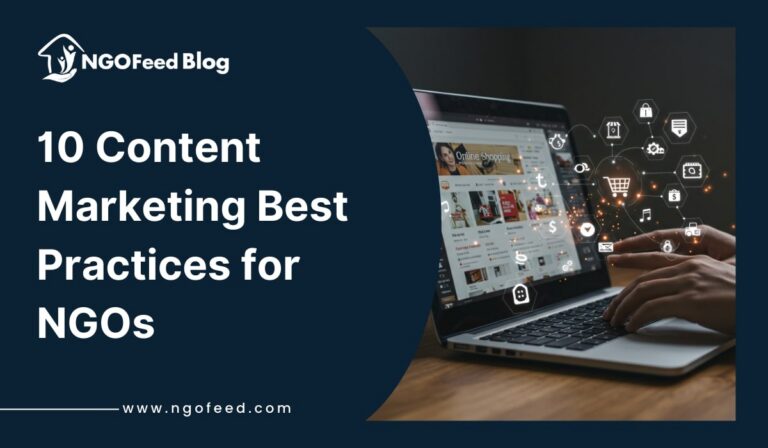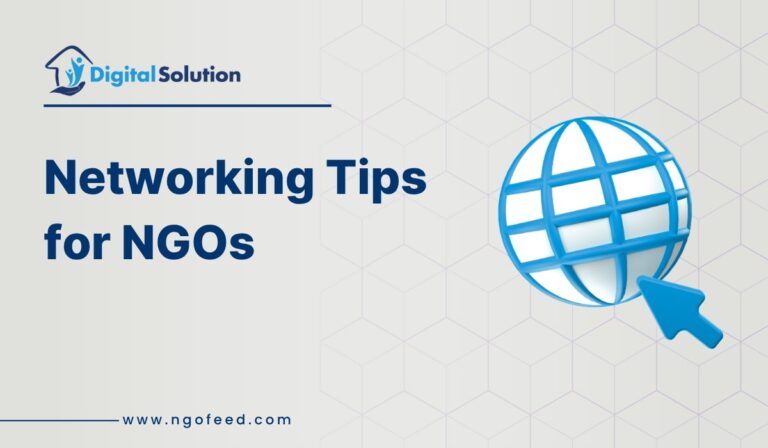How to Manage Online Reputations for NGOs After a Crisis: In the digital era, an organization’s reputation can be built or damaged within hours. For NGOs, businesses and public figures alike, a single misunderstanding, negative review or viral post can trigger a full-blown crisis that spreads across social media like wildfire.
But a crisis doesn’t have to mean permanent damage. With the right response strategy, transparency and proactive communication, an organization can not only restore its image but often emerge stronger and more trusted than before.
This article explores how to effectively manage online reputations after a crisis, turning challenges into opportunities for credibility, learning and growth.
Table of Contents
Understanding What Reputation Means in the Digital Age
Your online reputation isn’t what you say about yourself, it’s what others say about you.
Search results, reviews, tweets and viral discussions all contribute to public perception.
For NGOs and social organizations, reputation reflects trust and authenticity, the most valuable assets for attracting donors, volunteers and partners. A damaged reputation can therefore directly affect funding, partnerships and community credibility.
That’s why online reputation management (ORM) isn’t just a PR tactic, it’s a form of long-term relationship building based on integrity and openness.
Also Read: LinkedIn vs X (Twitter) For NGOs
What Triggers a Reputation Crisis For NGOs?
Reputation crises can come from many sources, some predictable, others completely unexpected. Common examples include:
- Negative media coverage about a campaign, staff member or internal decision.
- Social media backlash over insensitive or misinterpreted posts.
- Operational failures, such as project delays or mismanagement of funds.
- Cyberattacks or data breaches exposing donor or user information.
- False rumors or misinformation spreading online.
- Unethical partnerships or associations that raise questions about integrity.
The digital world amplifies all these issues instantly, meaning response time and strategy are critical.
The Golden Rule: Speed, Honesty and Empathy
When a crisis hits, silence or denial can be more damaging than the incident itself. The first step in managing reputation is to acknowledge the issue quickly, take responsibility where necessary and communicate with empathy.
People forgive mistakes; they rarely forgive cover-ups.
Step-by-Step Guide to Managing Online Reputation After a Crisis
1. Assess the Situation Objectively
Before responding, understand exactly what’s happening:
- What caused the crisis?
- Who is involved?
- How far has it spread (media, blogs and social platforms)?
- What’s being said and by whom?
Use social listening tools like Hootsuite, Brand24 or Google Alerts to track mentions of your organization’s name and keywords related to the crisis.
Avoid emotional reactions, focus on facts and tone analysis to guide your response.
Also Read: Video Content vs Image Content for NGOs: What Engages NGO Audiences Better?
2. Form a Dedicated Crisis Response Team
During an active crisis, quick and unified action is vital. Create a small team that includes:
- A spokesperson or communication head – the voice of the organization.
- Social media manager – to monitor, post updates and respond.
- Legal advisor – to ensure statements don’t create liability issues.
- Senior management or board representative – for decision approval.
Having clear roles prevents confusion and ensures consistent communication.
3. Communicate Transparently and Quickly
Once you’ve assessed the situation, issue a public statement that addresses the problem head-on.
Your message should:
- Acknowledge the issue honestly.
- Express empathy for anyone affected.
- Outline immediate steps being taken.
- Assure transparency and accountability moving forward.
Example:
“We understand the concern caused by recent events regarding [specific issue]. We take full responsibility and are taking immediate steps to address it. Our priority is transparency, learning and rebuilding your trust.”
Avoid:
- Defensive or dismissive tones.
- Blaming others.
- Delayed or vague statements.
A well-timed, sincere message can prevent misinformation from escalating further.
Also Read: Facebook vs Instagram for NGO Fundraising
4. Take Action, Don’t Just Talk
Words matter, but actions rebuild credibility. Once you’ve made public promises, follow through.
For NGOs, this might include:
- Conducting an internal review or audit to identify what went wrong.
- Implementing policy changes or new training for staff.
- Partnering with external experts or advisors for transparency.
- Publicly sharing progress reports to show accountability.
If the crisis involved misinformation, gather and share verifiable facts through official channels and trusted media outlets. The goal is not to argue online but to clarify with evidence.
5. Manage Social Media Responsibly
Social media is both a battlefield and an opportunity during a crisis.
Here’s how to handle it wisely:
- Acknowledge public comments, but don’t engage in heated debates.
- Pin your official statement on top of social feeds for visibility.
- Avoid deleting criticism unless it’s offensive or spam. Deletion often fuels suspicion.
- Respond privately to individuals if personal issues are involved.
- Continue posting positive, authentic updates once the immediate storm subsides.
If misinformation spreads rapidly, consider collaborating with influencers, partners or journalists who can amplify accurate information credibly.
6. Support and Communicate Internally
Your staff, volunteers and partners are your best brand ambassadors or your biggest risk.
Keep them informed through internal memos, team meetings and Q&A sessions.
Make sure they know:
- The facts of the situation.
- The organization’s official stance.
- How to respond if asked questions externally.
Also Read: Digital Transformation in Nonprofit Sector
A united internal front helps prevent contradictory or speculative information from leaking.
7. Monitor Online Conversations Continuously
Crisis management doesn’t end after the first apology or press release. Keep tracking online mentions and sentiment for weeks or months afterward.
Use reputation monitoring tools or even manual tracking to:
- Measure sentiment change (negative → neutral → positive).
- Identify influencers or journalists discussing your recovery.
- Detect new or recurring misinformation early.
Data-driven monitoring allows you to adjust your communication strategy as perceptions evolve.
8. Share Recovery Stories and Positive Impact
Once the immediate crisis fades, focus on storytelling that demonstrates progress and resilience.
Share updates about what you’ve done since the incident:
- New initiatives, partnerships or reforms.
- Testimonials from beneficiaries or partners.
- Milestones achieved after rebuilding efforts.
Turn “damage control” into a narrative of learning and improvement.
Transparency doesn’t weaken credibility, it reinforces it.
9. Encourage Community Engagement
Invite your audience to be part of your recovery journey.
You can do this by:
- Hosting community Q&A sessions online.
- Sharing open letters from leadership.
- Encouraging feedback and ideas for improvement.
- Collaborating with influencers or supporters who trust your cause.
Re-engaging supporters helps shift attention from the crisis itself to collective growth and accountability.
Also Read: Organic Social Media vs Paid Social Media for NGOs
10. Learn, Document and Prepare for the Future
Every crisis is a learning opportunity. Conduct a post-crisis review and document:
- What triggered the issue?
- How your response worked or failed?
- What communication gaps existed?
- What can be improved next time?
Use these insights to create a Crisis Management Policy and a Reputation Recovery Playbook.
Train your staff to act quickly and responsibly should future issues arise.
Preparation prevents panic.
The Role of Empathy and Accountability
Reputation management is not about image polishing, it’s about restoring trust through truth.
Audiences today value honesty more than perfection.
When organizations admit mistakes, apologize sincerely and take corrective action, they often earn greater respect than before the crisis.
Remember, every communication must reflect three key principles:
- Empathy – understanding how stakeholders feel.
- Accountability – accepting responsibility, not shifting blame.
- Action – demonstrating real steps taken toward change.
These principles convert skepticism into renewed confidence.
Also Read: Role of Technology in Improving NGO Efficiency and Reach
Case Studies: Turning Crises Into Comebacks
- Oxfam’s 2018 Scandal Response:
When allegations of misconduct surfaced, Oxfam publicly apologized, conducted internal investigations, restructured leadership and implemented strict safeguarding policies. Transparency helped it slowly rebuild credibility among donors and supporters. - Indian NGOs During COVID-19:
Some NGOs faced criticism for fund mismanagement but recovered by openly publishing financial audits, posting daily updates and inviting media to review their relief work. Their openness turned doubt into appreciation. - Corporate Example – Johnson and Johnson (Tylenol Crisis):
The company’s quick, honest response and product recalls became a global benchmark in crisis management, demonstrating that integrity can turn potential disaster into long-term trust.
Digital Tools for Reputation Recovery
To effectively manage and rebuild online reputation, NGOs can use:
- Google Alerts: Track mentions across the web.
- Brand24 / Mention / Talkwalker: Monitor social sentiment.
- Buffer / Hootsuite: Schedule updates and manage responses.
- Canva / Lumen5: Create clear, visual communication materials.
- NGOFeed (https://ngofeed.com): Access resources on digital communication, transparency and public trust strategies tailored for NGOs.
These tools help organizations stay proactive, responsive and strategic in managing their digital presence.
Also Read: How to Leverage LinkedIn for NGO Fundraising and Partnerships
Conclusion
In today’s hyper-connected world, reputation recovery isn’t about control, it’s about conversation.
Crises happen to every organization, but the difference lies in how you respond.
By acting swiftly, speaking truthfully and demonstrating accountability, any NGO or organization can not only restore public trust but strengthen it.
Remember, online reputation management is an ongoing commitment, not a one-time effort. Build transparency into your culture, communicate consistently and view every challenge as an opportunity to show your true values.
A crisis might test your reputation, but how you rise from it will define your legacy.

